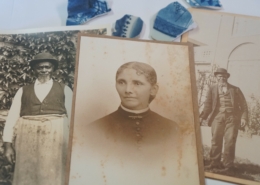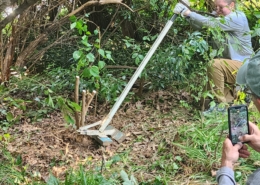 https://tudorplace.org/wp-content/uploads/2023/12/Ancestral-Spacse_web-scaled.jpg
1707
2560
Comms2018
https://tudorplace.org/wp-content/uploads/2020/01/2020-01-23-300x155.png
Comms20182024-04-26 16:12:492024-04-26 16:12:49Ancestral Spaces: People of African Descent at Tudor Place (Tickets for July 30 – August 4)
https://tudorplace.org/wp-content/uploads/2023/12/Ancestral-Spacse_web-scaled.jpg
1707
2560
Comms2018
https://tudorplace.org/wp-content/uploads/2020/01/2020-01-23-300x155.png
Comms20182024-04-26 16:12:492024-04-26 16:12:49Ancestral Spaces: People of African Descent at Tudor Place (Tickets for July 30 – August 4) https://tudorplace.org/wp-content/uploads/2024/01/Dirt-Diggers-scaled.jpg
2560
1920
Janet Wall
https://tudorplace.org/wp-content/uploads/2020/01/2020-01-23-300x155.png
Janet Wall2024-06-01 15:23:132024-07-22 14:39:07Dirt Diggers
https://tudorplace.org/wp-content/uploads/2024/01/Dirt-Diggers-scaled.jpg
2560
1920
Janet Wall
https://tudorplace.org/wp-content/uploads/2020/01/2020-01-23-300x155.png
Janet Wall2024-06-01 15:23:132024-07-22 14:39:07Dirt Diggers https://tudorplace.org/wp-content/uploads/2023/12/Ancestral-Spacse_web-scaled.jpg
1707
2560
Comms2018
https://tudorplace.org/wp-content/uploads/2020/01/2020-01-23-300x155.png
Comms20182024-04-26 16:27:032024-04-26 16:27:03Ancestral Spaces: People of African Descent at Tudor Place (Tickets for August 6 – August 11)
https://tudorplace.org/wp-content/uploads/2023/12/Ancestral-Spacse_web-scaled.jpg
1707
2560
Comms2018
https://tudorplace.org/wp-content/uploads/2020/01/2020-01-23-300x155.png
Comms20182024-04-26 16:27:032024-04-26 16:27:03Ancestral Spaces: People of African Descent at Tudor Place (Tickets for August 6 – August 11) https://tudorplace.org/wp-content/uploads/2023/12/Ancestral-Spacse_web-scaled.jpg
1707
2560
Comms2018
https://tudorplace.org/wp-content/uploads/2020/01/2020-01-23-300x155.png
Comms20182024-06-04 14:30:062024-06-04 14:30:06Ancestral Spaces: People of African Descent at Tudor Place (Tickets for August 13 – August 18)
https://tudorplace.org/wp-content/uploads/2023/12/Ancestral-Spacse_web-scaled.jpg
1707
2560
Comms2018
https://tudorplace.org/wp-content/uploads/2020/01/2020-01-23-300x155.png
Comms20182024-06-04 14:30:062024-06-04 14:30:06Ancestral Spaces: People of African Descent at Tudor Place (Tickets for August 13 – August 18)Follow a manual added link
SLAVERY AT TUDOR PLACE
As an historic site that bears the scars of slavery, Tudor Place seeks to look this injustice in the eye. Click here to learn more.
Museum & Collection
Garden
Calendar
Education
Join & Give
Advance registration encouraged; suggested donation. Click for info.

1644 31st Street, NW | Washington, DC 20007
202-965-0400 | info@tudorplace.org
Museum & Collection
Garden
Calendar
Education
Join & Give
Advance registration encouraged; suggested donation. Click for info.

1644 31st Street, NW | Washington, DC 20007
202-965-0400 | info@tudorplace.org

